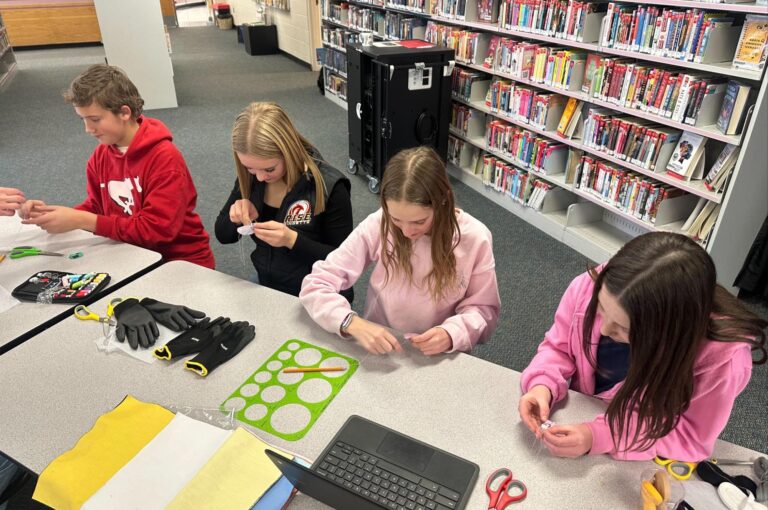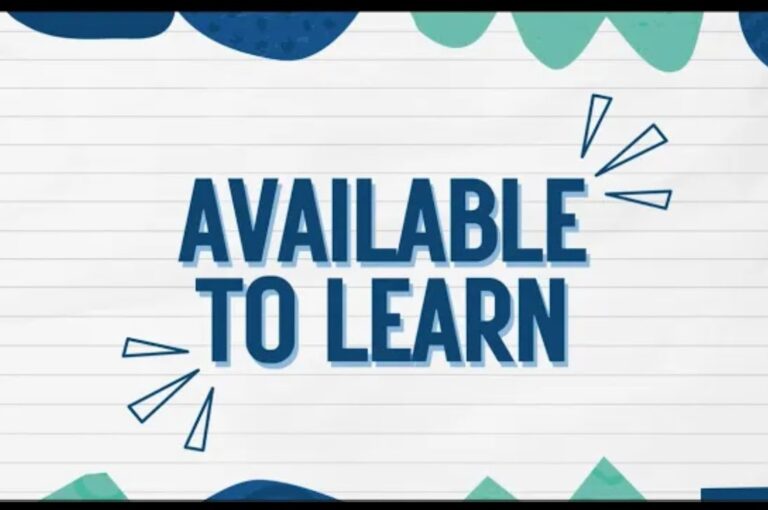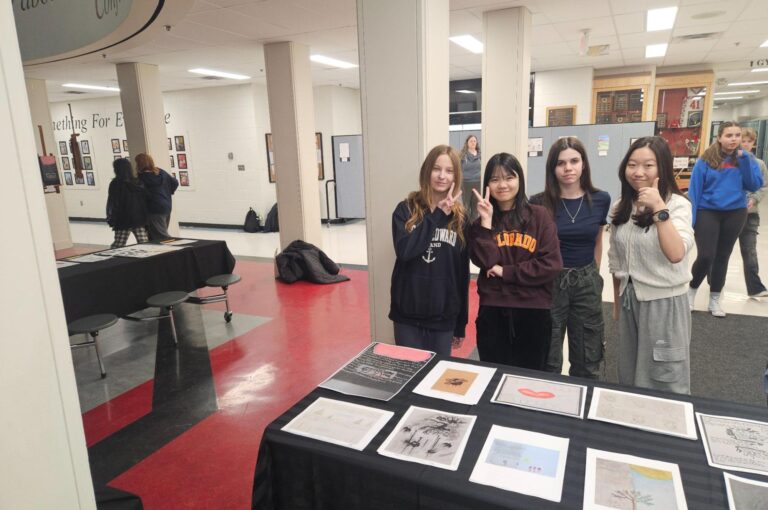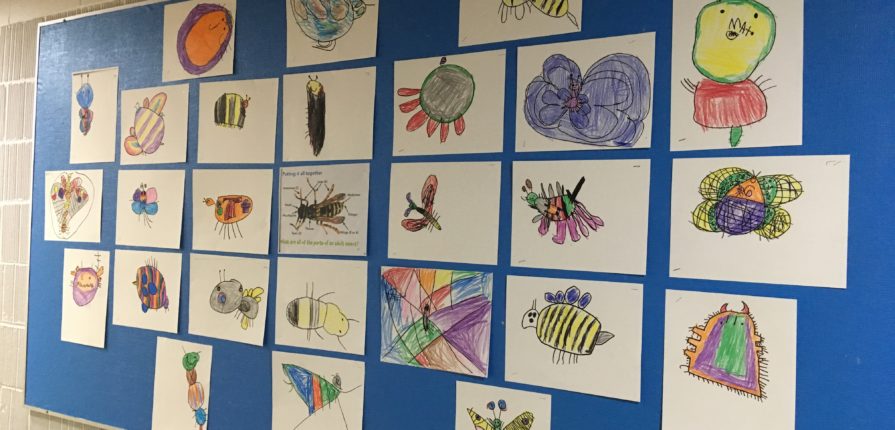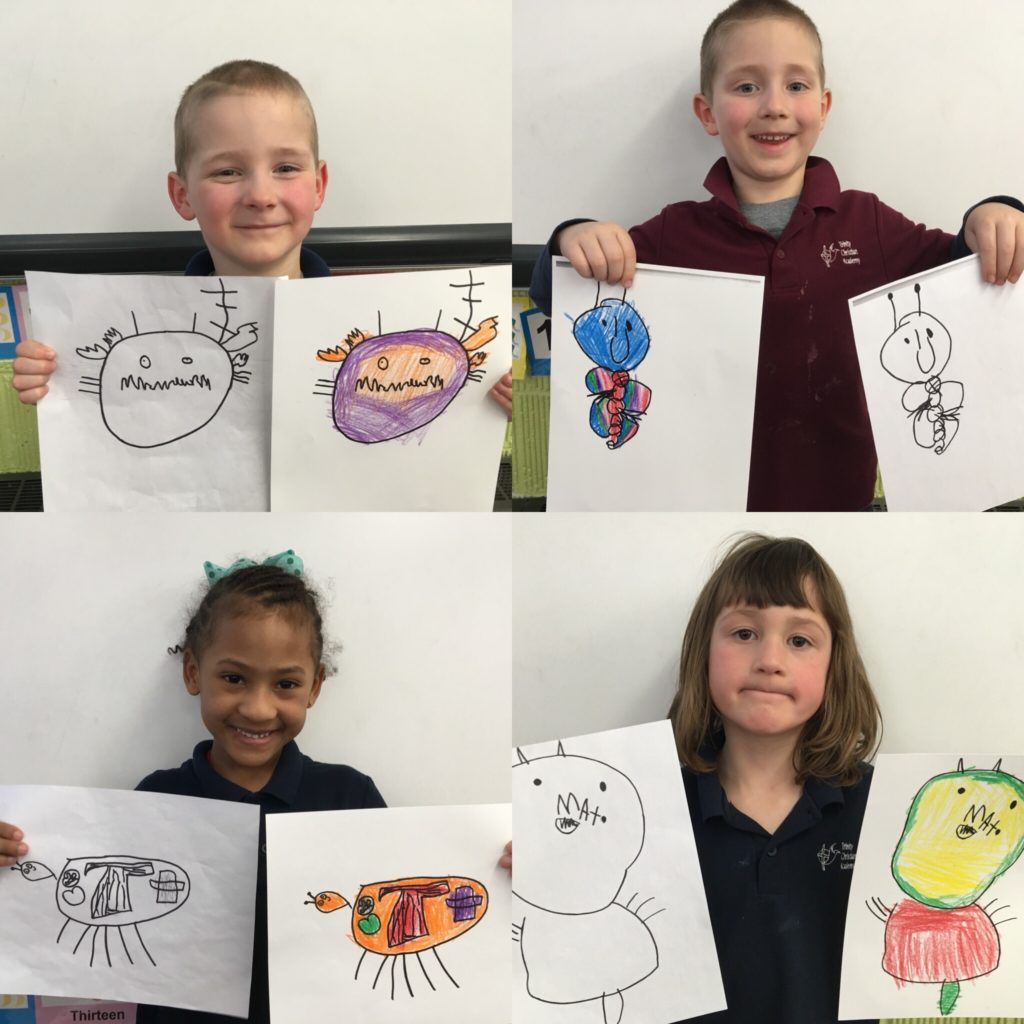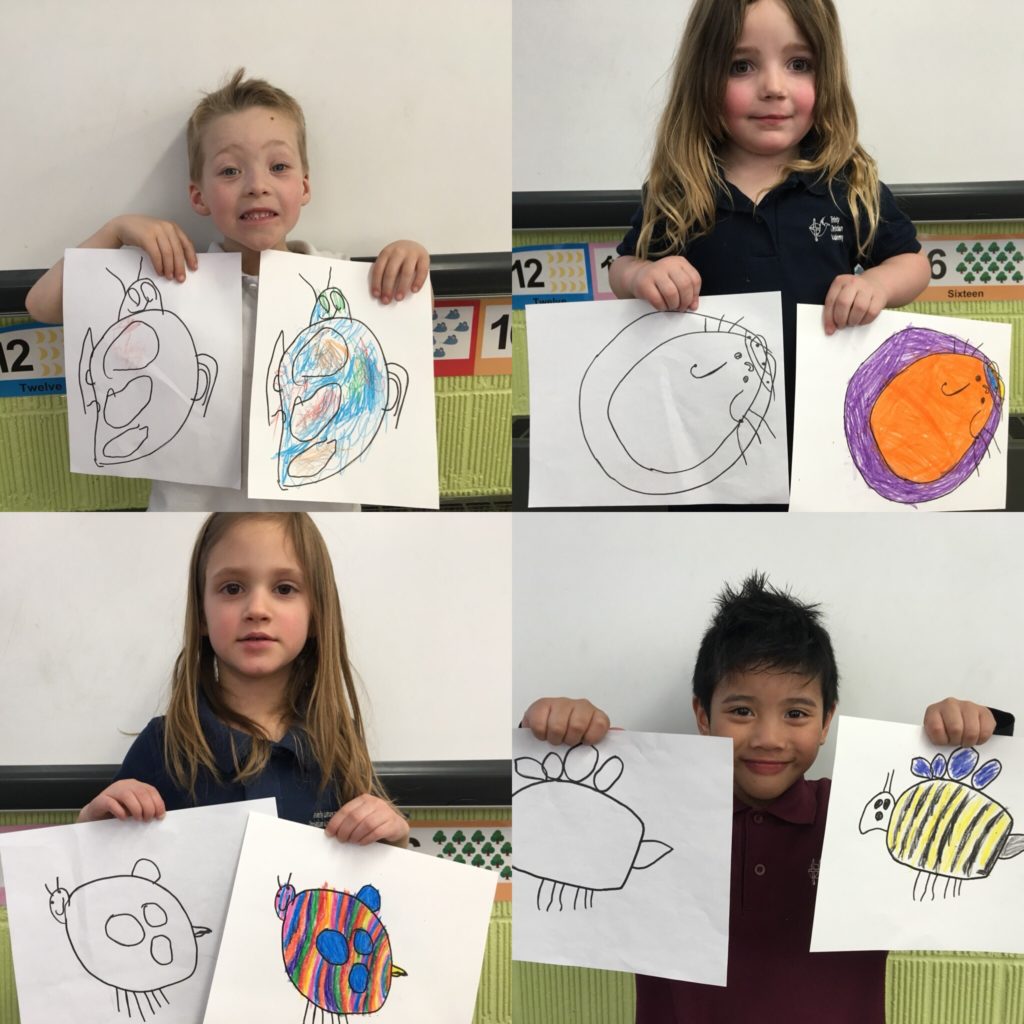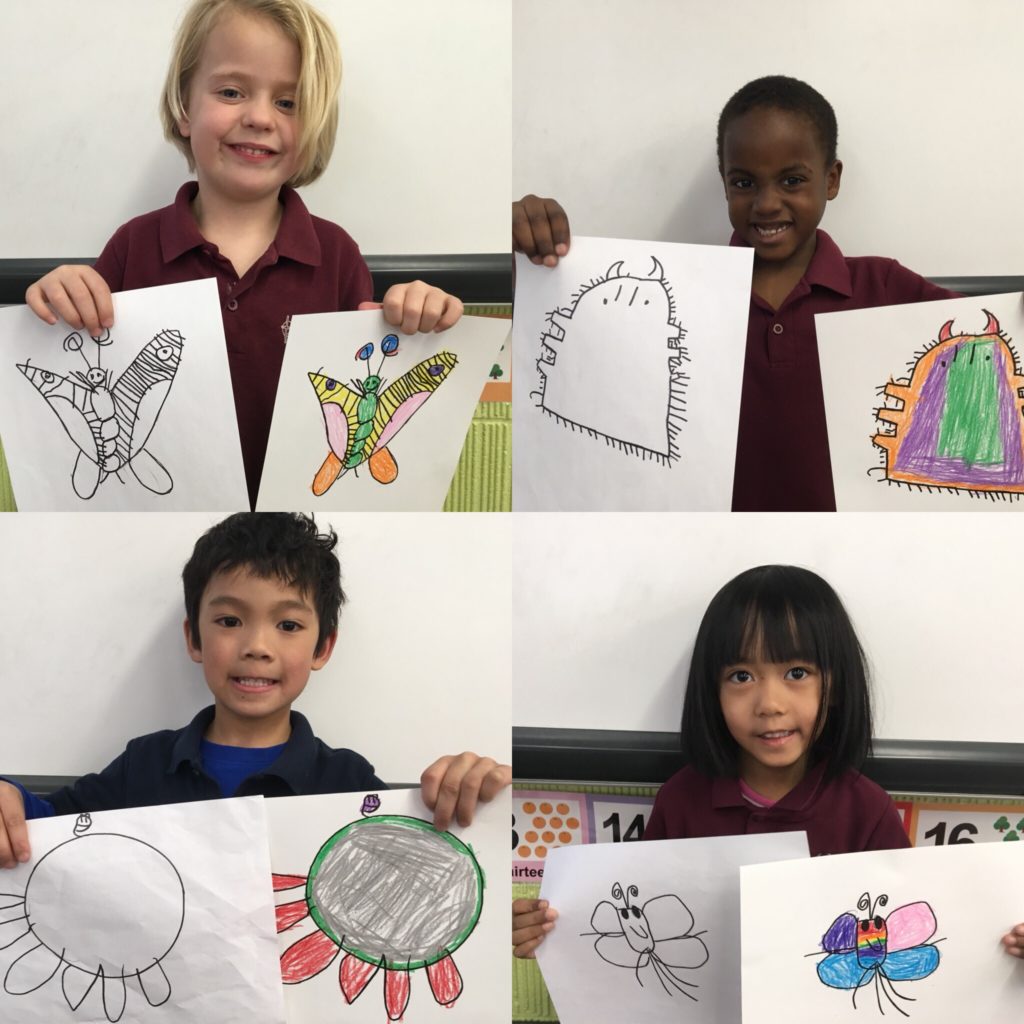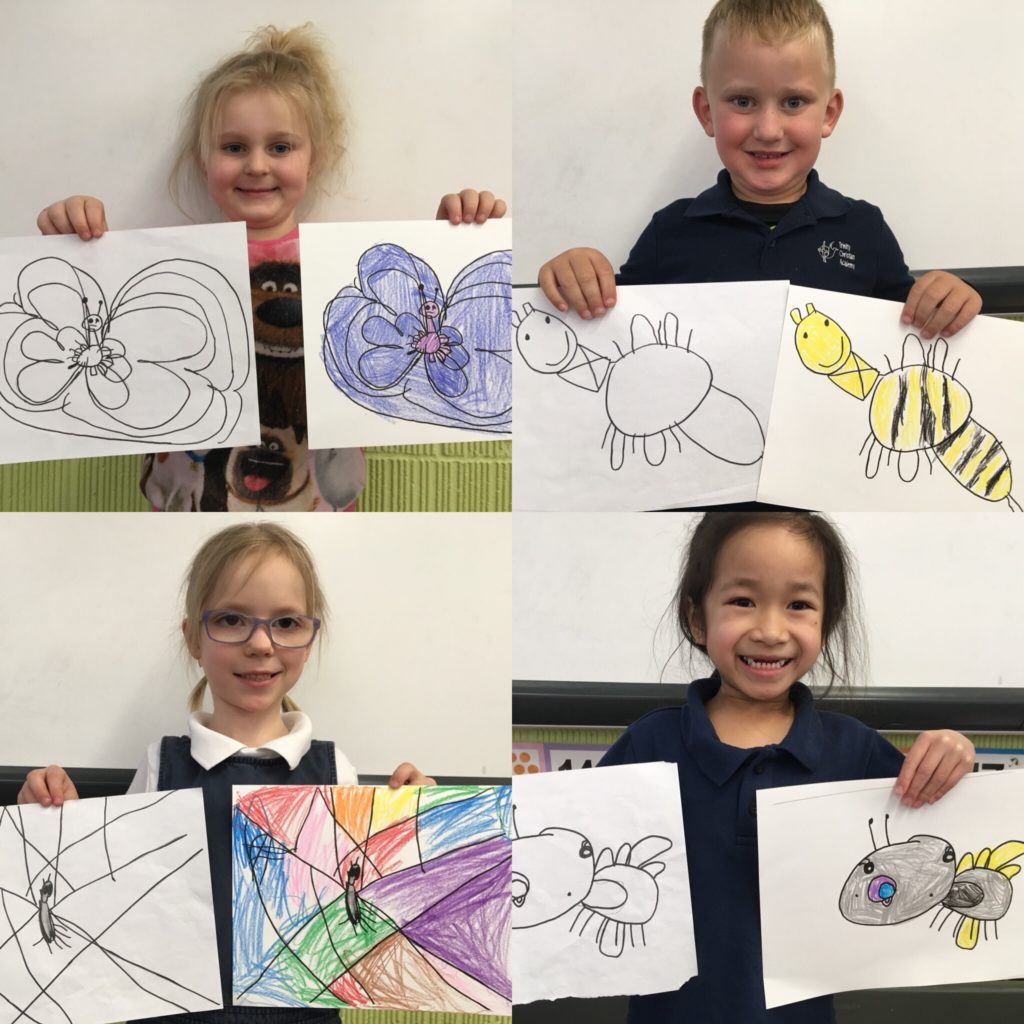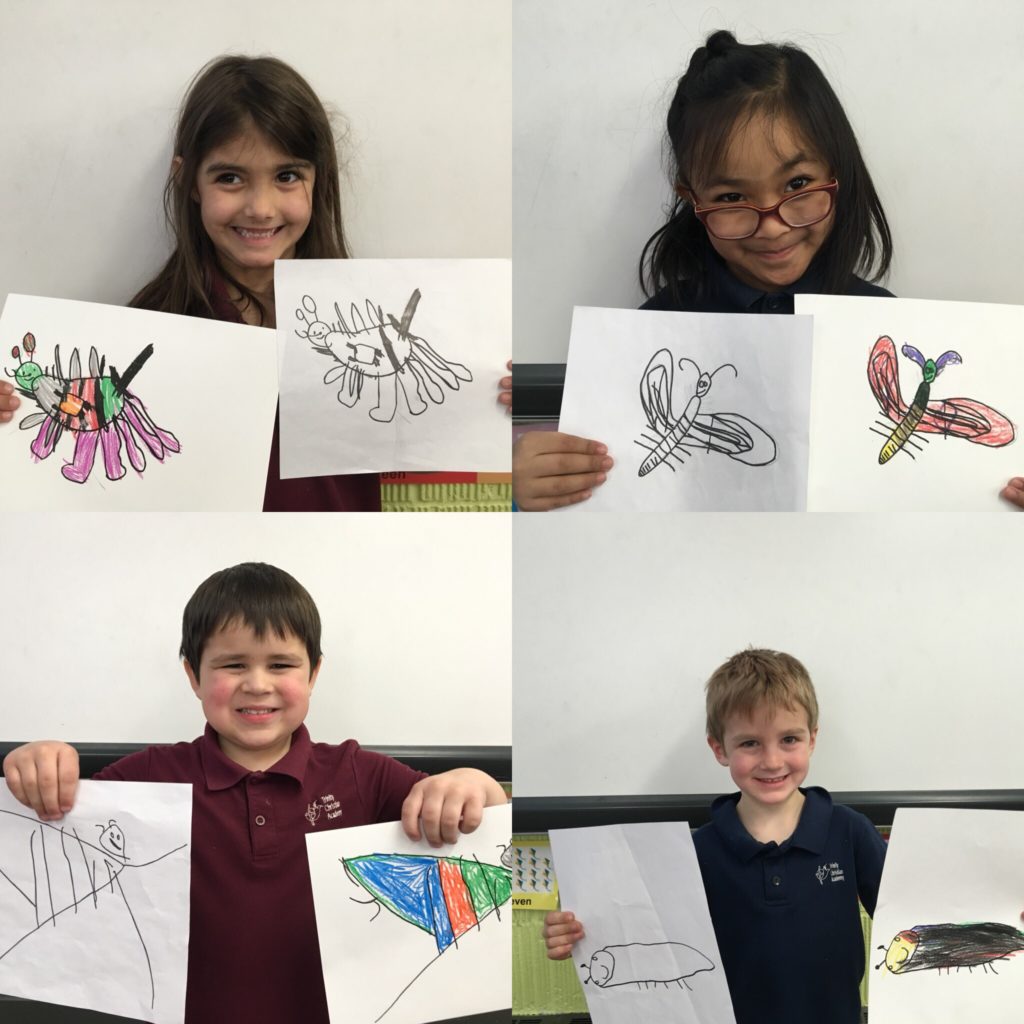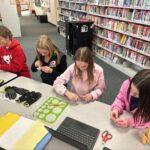Kindergarten students at Trinity Christian Academy reached Deep Understanding about insects in Science. How? By exploring what makes a bug, and transferring that understanding to create their very own!
What’s a Bug?
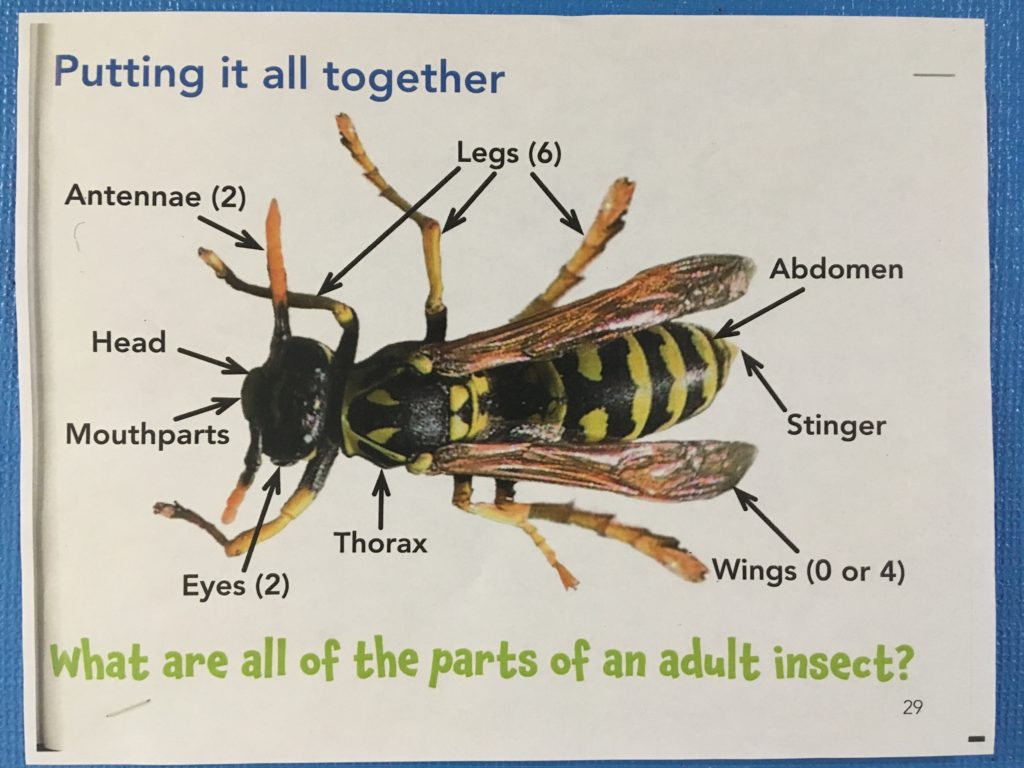
Students were presented with a series of images of insects. When sorting all the images, students applied computational thinking to begin to understand what the parts of an insect were. Together, they were able to find some generalities, such as all insects have 6 legs.
Activating Prior Knowledge
The class started by creating a KWL chart (What I KNOW, What I WANT to Know, What I LEARNED) to discuss what they already know (or what they think they knew) about insects and what they wanted to learn about insects. This brought up a ton of great questions, like “what is the purpose of a stinger?” Next, the Kindergarten students spent about 7 days reading through the book “What is an Insect?” provided to us from Let’s Talk Science. Each day the students spent time reading through a few pages of the book focusing on the various parts of the insect. After reading through the pages, the class added to the What I Learned section of their KWL chart.
Make Your Own!
At the end of the investigation, all the parts of an insect were reviewed. Students were able to self-assess using the criteria about what makes an insect. Students were then challenged to create their own insect, applying their learning with all the appropriate parts. Once they did this, they coloured their insect and displayed them proudly.
Reflection
At the beginning of the inquiry some students were not engaged with this study of insects, making faces and “eww” comments. Throughout the learning process, students became fascinated by the differences between an insect and a non-insect. This inquiry approach sparked curiosity and achieved Deep Understanding.

